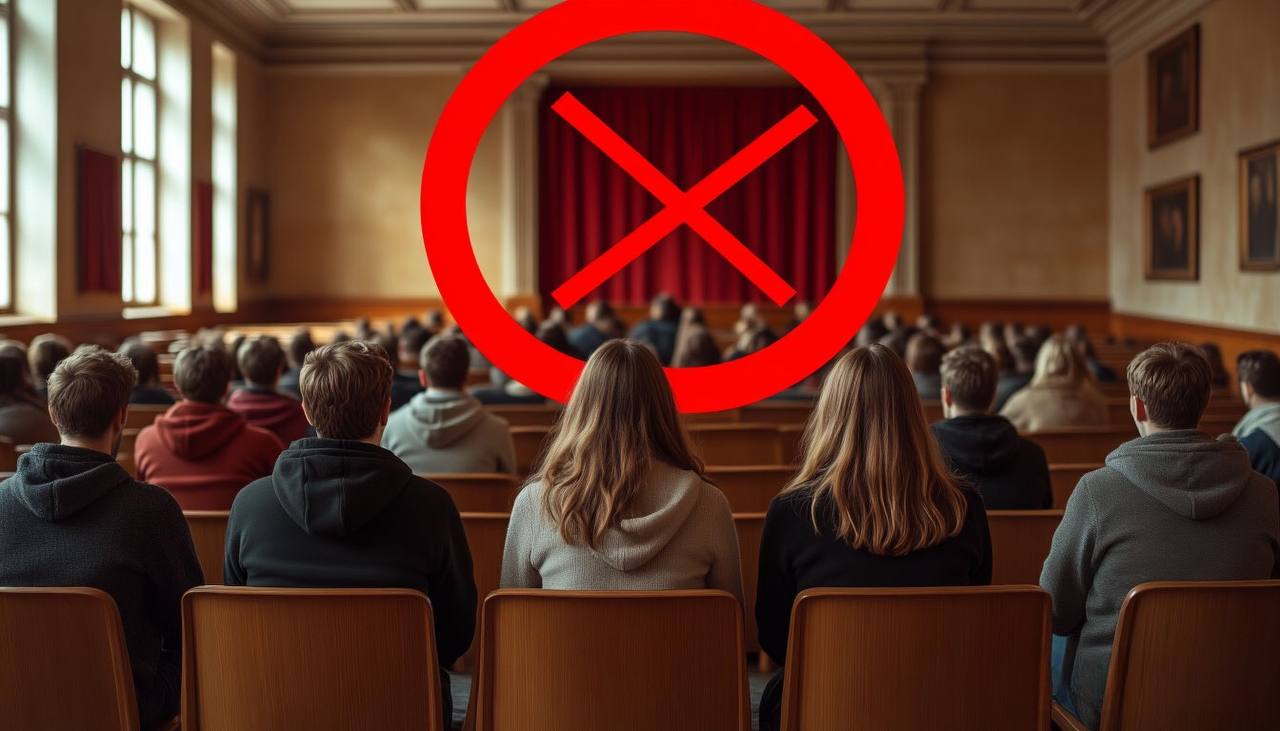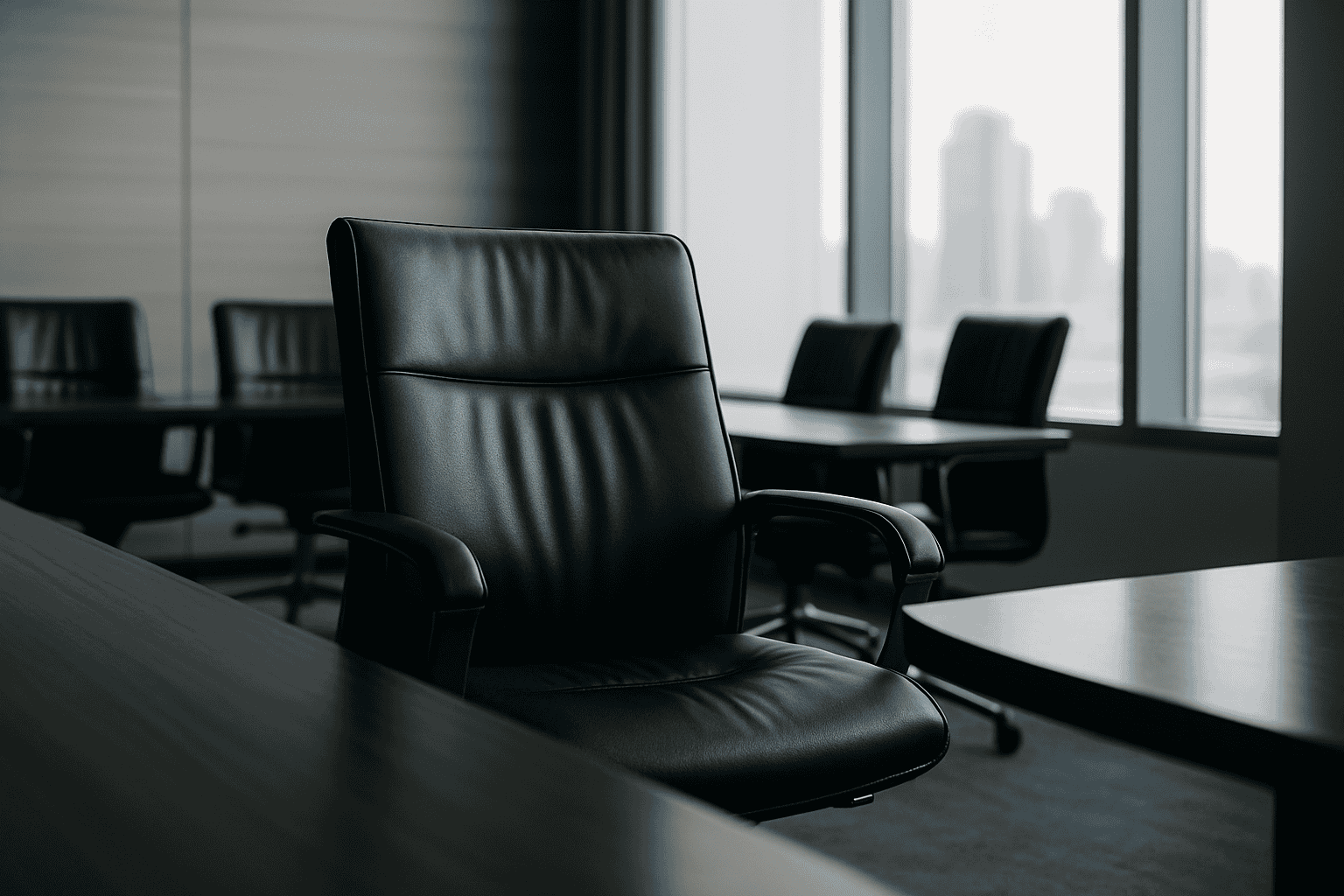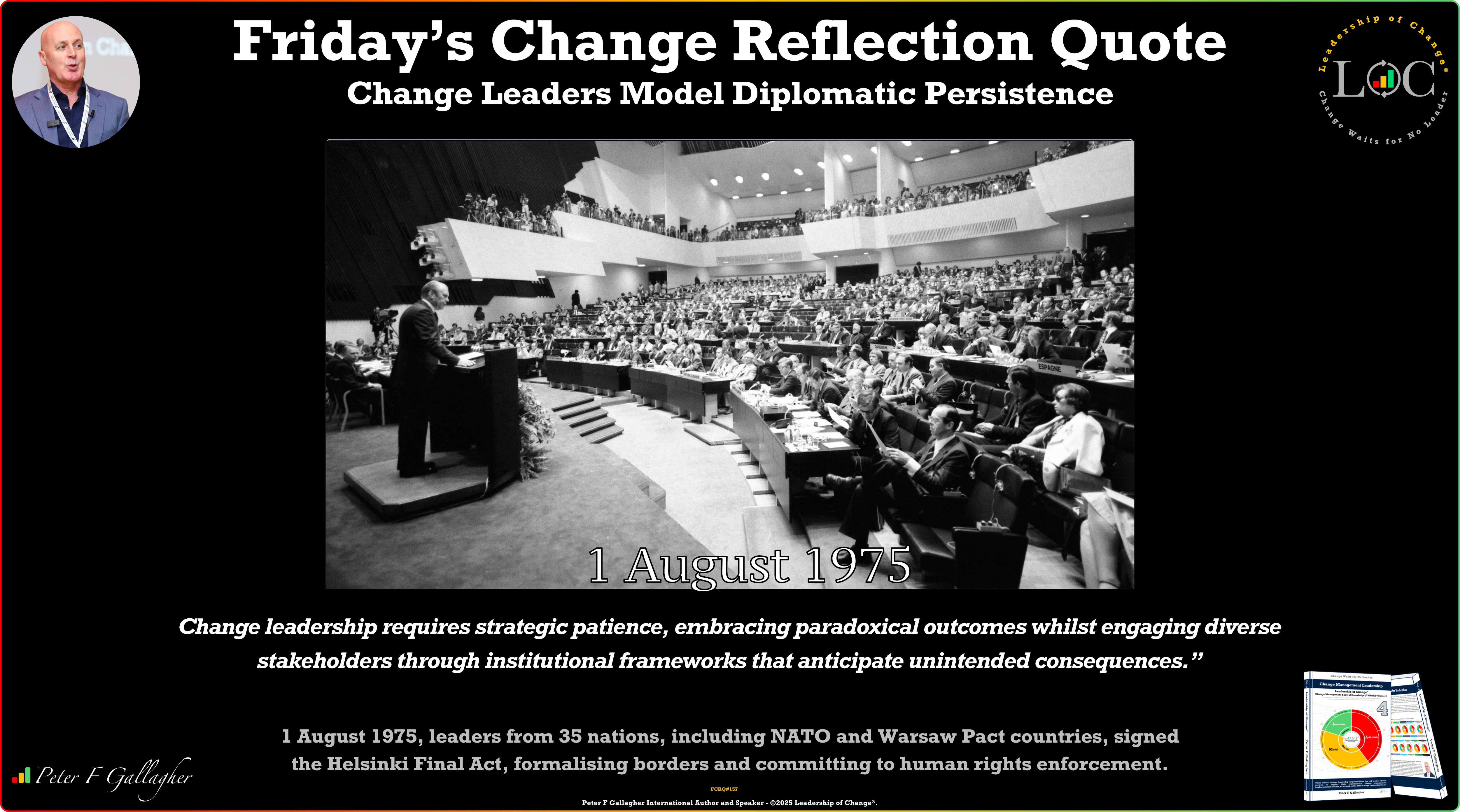Excel has evolved from a productivity tool into an improvised infrastructure underpinning critical business processes
Years ago, scientists conducted a fascinating behavioral experiment with mice. Placed in a maze with multiple paths leading to food, each route had varying rewards—some consistent, others unpredictable. Over time, some mice took the “safe” path for a guaranteed snack. Others ventured into uncertaint
For those who want to be unforgettable on stage There’s something magnetic about great speakers. They don’t just deliver a message — they stir emotions, reshape thoughts, and make themselves unforgettable. No matter how solid the content is, without proper delivery, rhythm, and empathy, the impact
Transformation doesn’t fail on strategy - it fails on trust. Here’s how silent misalignment erodes momentum from the inside out.
Change Leaders Model Diplomatic Persistence. Change leadership requires strategic patience, embracing paradoxical outcomes whilst engaging diverse stakeholders through institutional frameworks that anticipate unintended consequences.
Top 10 Leadership and Management links of the week, curated by Corix Partners Founder and CEO JC Gaillard, focusing on cyber security of course, but also a large cross section of subjects including digital transformation, emerging tech, ESG governance and the future of work.
The ICJ has declared climate inaction unlawful—putting not just fossil fuel companies but their suppliers in legal jeopardy. If your tools help extract or optimise fossil fuels, you may be enabling harm now framed as a rights violation. The courtroom clock is ticking.
Do you have a win-win mindset with your team? If you ask them to do something, is it for the good of you, for the good of your team, or is it for the good of both you and the team?
Design Thinking has become the go-to method for human-centered innovations. But the success of an innovation project depends on bridging the gap between creative exploration and strategic decision-making. That's why you need a strong combination of design thinking and business thinking.
Leadership transitions are among the most significant—and often most stressful—periods in an organization's life. Whether planned well in advance or triggered by unexpected events, succession impacts every layer of a company.
Most organizations want high performance on demand, but the real work lies in building it, not buying it.
Change Leaders Leverage Cognitive Flexibility. Change collapses when leadership rejects truth, silences dissent, ignores trust, and delays the inevitable transformation that pressure demands.
Top 10 Leadership and Management links of the week, curated by Corix Partners Founder and CEO JC Gaillard, focusing on cyber security of course, but also a large cross section of subjects including digital transformation, emerging tech, ESG governance and the future of work.
Immersive tech is transforming energy by cutting emissions, boosting safety, and slashing costs. No more risky site visits or costly travel - just smarter, scalable collaboration. Here’s why it’s time to leave PowerPoint behind.
If you raise up another person, you are also raising yourself up. As the leader, you are responsible for the development of your team. It is your job to make them better.
Rumelt’s central lesson for leaders is simple: strategy starts with diagnosis, not with a list of goals. The work of leadership is to identify the crux, align resources to it, and—most importantly—say no to everything else.
If you treat a person as if they were already what they strive to, or potentially they could be, then they will become that person. If you treat a person the same as everyone else, then they will not become that person.
ADMET agentic AI with Grok-4 transforms drug discovery. It simulates in silico ADMET processes, automating molecule synthesis, target ID, and assays. This accelerates R&D, replacing costly wet-lab experiments—a faster, data-driven path to new drugs.
Top 10 Leadership and Management links of the week, curated by Corix Partners Founder and CEO JC Gaillard, focusing on cyber security of course, but also a large cross section of subjects including digital transformation, emerging tech, ESG governance and the future of work.
Agentic AI is rapidly reshaping the way organizations operate, promising a new era of autonomy, adaptability, and mission impact. But what exactly is Agentic AI, and how can federal agencies harness its power to overcome longstanding challenges and deliver real results?
 The Excel Trap
The Excel Trap From Mice to Machines: The Dilemma That Still Defines Us to shape Product Strategy
From Mice to Machines: The Dilemma That Still Defines Us to shape Product Strategy Seven Rules of Brilliant Speakers That Are Not Taught at University
Seven Rules of Brilliant Speakers That Are Not Taught at University When Private Alignment Isn’t Public: The Hidden Saboteur of Transformation
When Private Alignment Isn’t Public: The Hidden Saboteur of Transformation Friday’s Change Reflection Quote - Leadership of Change - Change Leaders Model Diplomatic Persistence
Friday’s Change Reflection Quote - Leadership of Change - Change Leaders Model Diplomatic Persistence